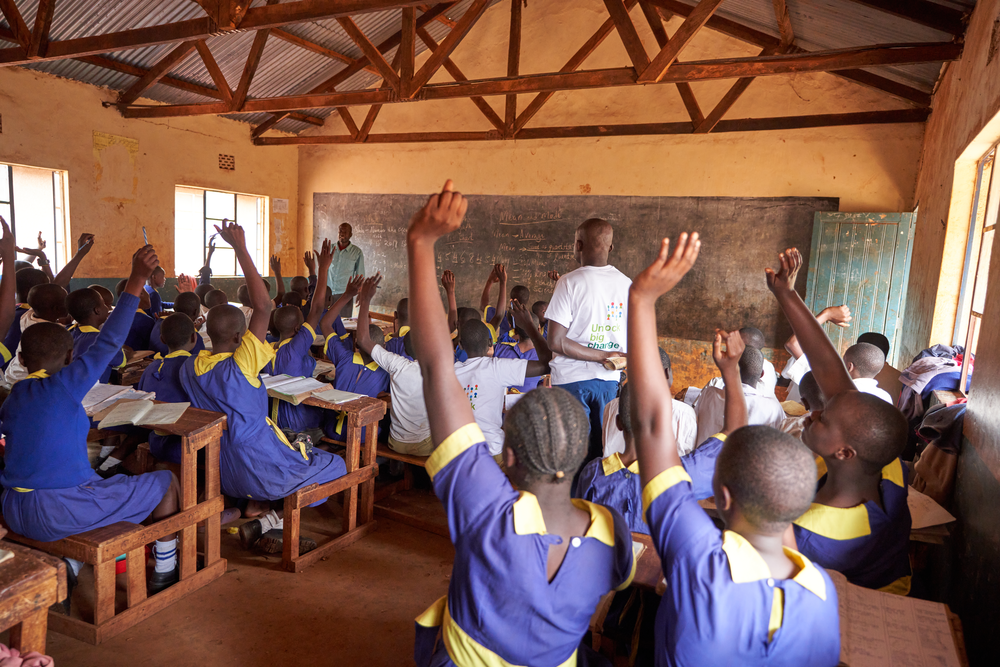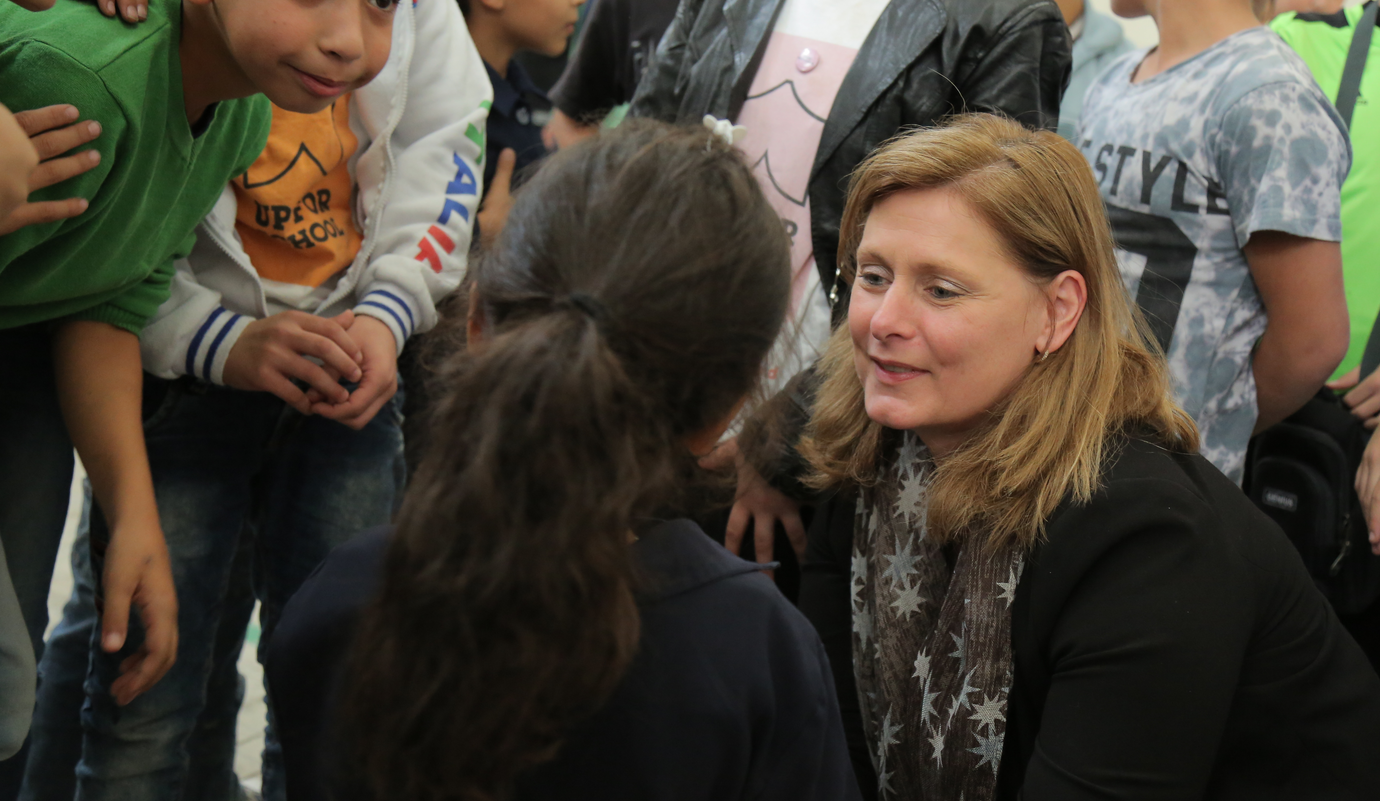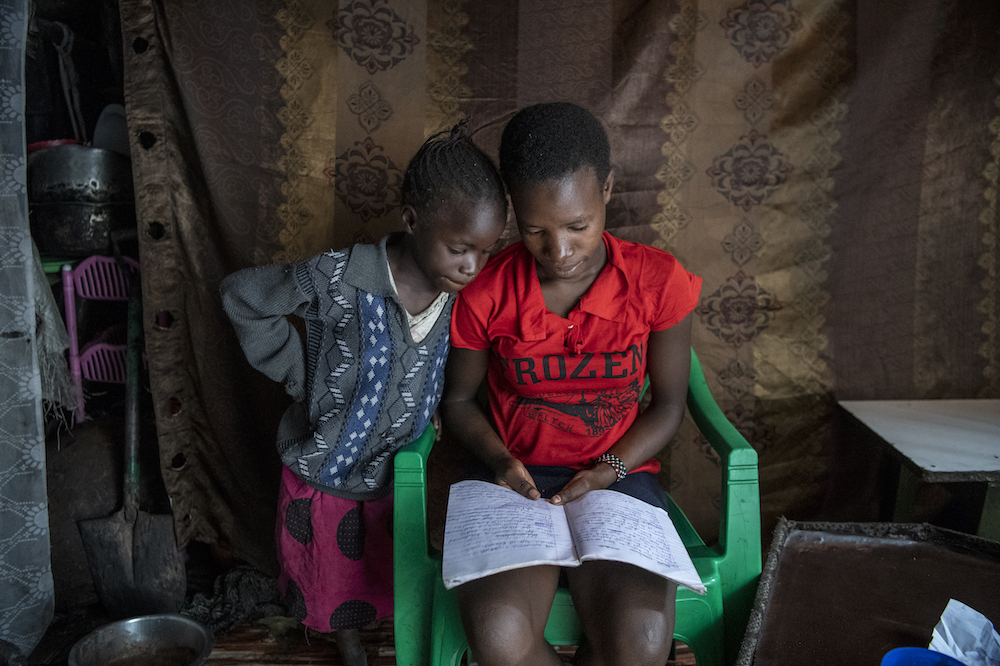
In pictures: celebrating the world’s indigenous and ethnic children
Barriers to education, Right to education
On International Day of the World’s Indigenous Peoples, we feature children whose native or ethnic backgrounds often leave them marginalised.
Dictionary definition of indigenous: “Originating or occurring naturally in a particular place; native.”
They are the original inhabitants, the natives of many parts of the world. But indigenous peoples – who live in more than 90 countries – are among the most disadvantaged and marginalised.
The 370 million indigenous people make up less than 5% of the planet’s population but account for 15% of the poorest people.
Poverty, discrimination and traditional practices mean their children often face barriers to education, including child labour, early marriage and language barriers – even though the majority of the world’s 7000 languages are spoken by indigenous people.
The State of the World’s Minorities and Indigenous Peoples 2016 report says: “Unfortunately, access to formal education is very difficult for many minority and indigenous children living in remote areas.
“Among those who can attend, there is often a high dropout rate because of the lack of a culturally appropriate curriculum or mother tongue instruction.”
But it’s not only the native children of developing countries who suffer. In Nunavut – the northernmost territory of Canada – Inuit high school graduation rates are well below average and only 40% of all school-age indigenous children are at school full-time.
In Australia, young Aboriginal and Torres Strait Islander leaders have called for more school support from the government.
Aboriginal and Torres Strait Islander Social Justice Commissioner June Oscar told an education forum last week that indigenous children are still falling behind.
“How is it acceptable that our children living in remote Australia are between three and five years behind their peers by the time they reach Years 5 and 9?” she said. “That approximately 80% of children are not going to school once they reach the age of 12?”

More news

We need collective action to improve girls’ education: Theirworld Chair Sarah Brown
